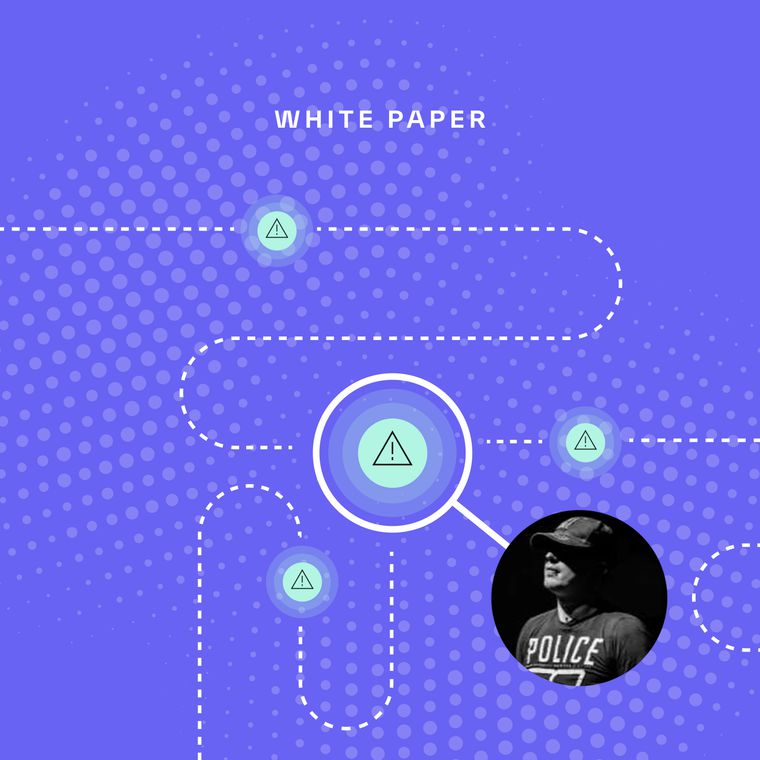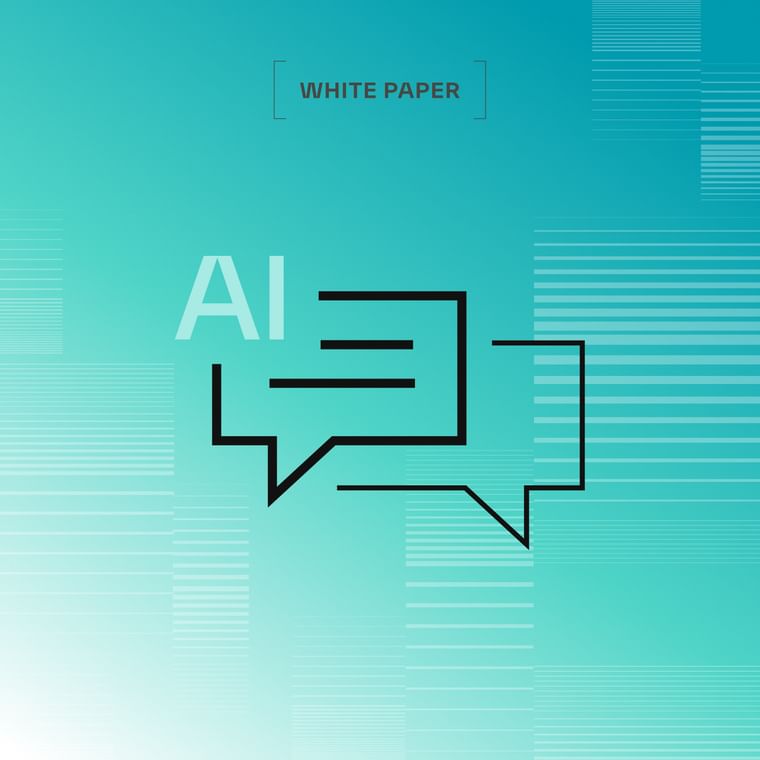Deepfake Technology
Deepfake technology uses artificial intelligence, particularly generative adversarial networks (GANs), to create highly realistic synthetic media, including manipulated videos, images, and audio. While deepfakes have legitimate applications, they also pose significant cybersecurity risks, including misinformation, identity fraud, and social engineering attacks.
What is Deepfake Technology?
Deepfake technology leverages AI models to generate convincing digital forgeries by superimposing or altering facial expressions, voices, and body movements in media. These AI-generated fakes can mimic real individuals, making it difficult to distinguish between genuine and manipulated content.
Key Aspects of Deepfake Technology
Generative Adversarial Networks (GANs): The core AI mechanism behind deepfakes, where two neural networks (a generator and a discriminator) compete to create highly realistic synthetic media.
Facial & Voice Manipulation: AI models can replace faces in videos and synthesize voices to mimic real people.
Hyper-Realistic Content Generation: Deepfake models continually improve, making synthetic media more difficult to detect.
Automated Creation Tools: Open-source software and AI-powered applications have made deepfake generation accessible to the public.
How Do Deepfakes Impact Cybersecurity?
Deepfake technology presents serious security and ethical concerns, particularly in:
Business Email Compromise (BEC) and Fraud: Attackers use AI-generated voices and videos to impersonate executives and authorize fraudulent transactions.
Disinformation Campaigns: Malicious actors create deepfake content to spread misinformation, manipulate public opinion, and disrupt trust in media.
Identity Theft and Social Engineering: Cybercriminals leverage deepfake videos and voice recordings to bypass biometric security measures.
Brand & Reputation Risks: Organizations and public figures face reputational damage if deepfakes are used to spread false narratives.
Challenges in Detecting Deepfakes
Advanced AI Techniques: AI-generated content is becoming more sophisticated, making detection increasingly difficult.
Lack of Standardized Detection Tools: While AI-based deepfake detection exists, no universal method guarantees complete accuracy.
Legal & Ethical Dilemmas: Addressing deepfake-related crimes remains complex due to evolving legislation and enforcement challenges.
How Abnormal Mitigates Deepfake Threats
Abnormal employs AI-driven behavioral analysis to counteract deepfake threats:
Behavioral AI for Identity Verification: Detects inconsistencies in communication patterns that may indicate deepfake manipulation.
Threat Intelligence Integration: Monitors emerging deepfake trends and adapts detection models accordingly.
Related Resources
Deepfake technology is a growing cybersecurity challenge, requiring advanced AI detection methods and continuous vigilance. Organizations must adopt AI-driven security solutions to mitigate the risks posed by synthetic media threats.
FAQs
- Can deepfakes be detected with 100% accuracy?
No, deepfake detection remains an evolving field, but AI-based tools can identify inconsistencies in facial movements, voice patterns, and metadata. - Are deepfakes only used for malicious purposes?
No, deepfake technology has legitimate uses, such as entertainment, film production, and AI-driven accessibility solutions. However, its misuse in cybercrime is a major concern. - How can organizations protect against deepfake attacks?
Implementing AI-driven fraud detection, biometric verification enhancements, and employee training can help mitigate deepfake-related threats.


